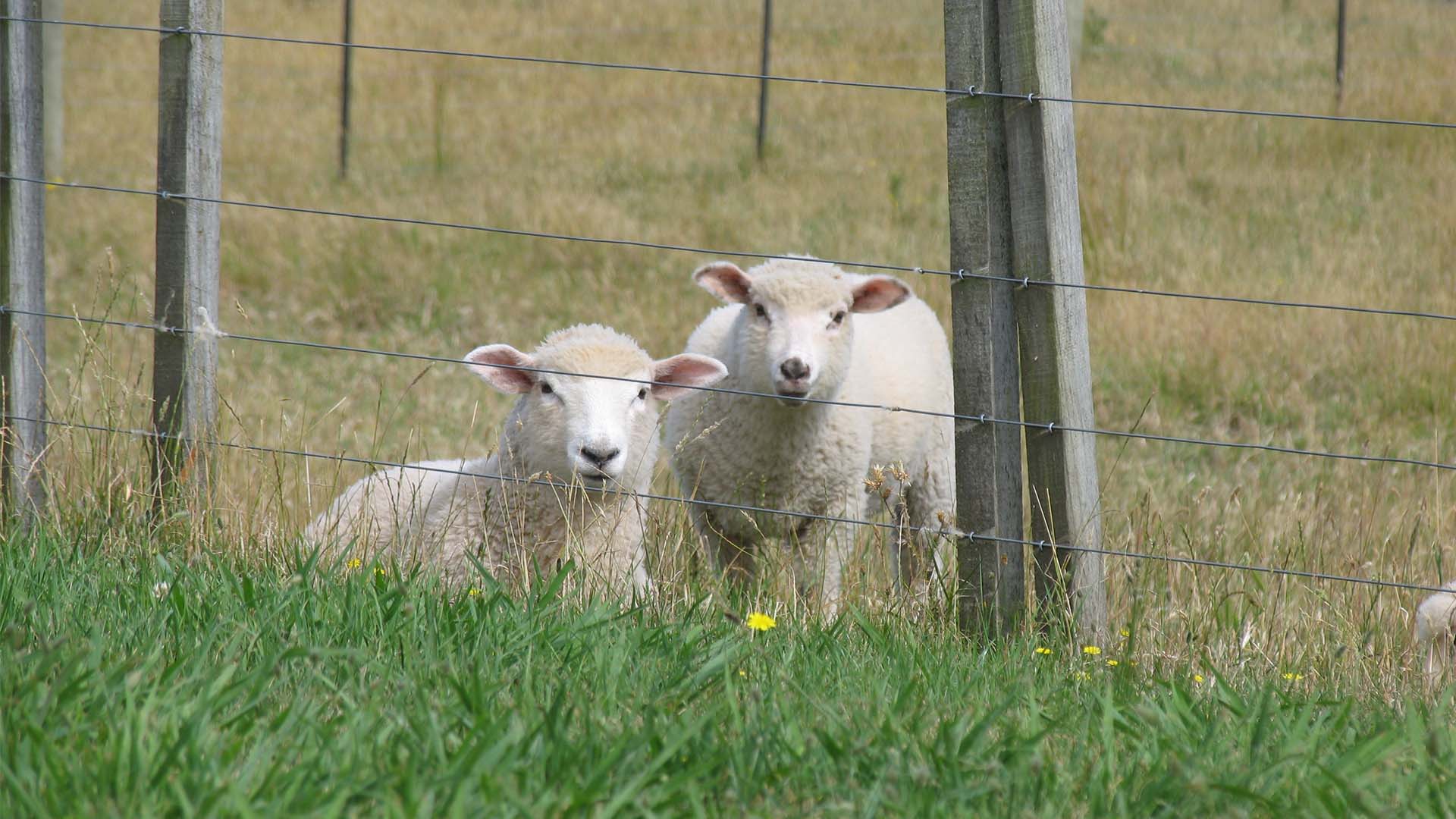
What Is Rotational Grazing?
If you are looking for a way to protect and maintain the health of your pasture land and cut down on feed costs for your horses, rotational equine grazing may be the answer. This process, which involves dividing your pasture into plots and managing where and when your horses graze each plot, gives forage vegetation a chance to regrow and stay strong and healthy.
Overgrazing Hurts Pasture Health
Pasturing horses, when done correctly, is an economical and easy way to feed your animals. If it is done incorrectly, however, it can lead to overgrazing and a decline in the health of your pasture. Overgrazing land leads to bare spots, weak plant roots, and the chance for weeds to move in and elbow out nutritional vegetation. It can also lead to soil compaction from your horses’ hooves– another inhibitor to growing good forage vegetation since your horses will continually return to their favorite spots.
Using rotational grazing in your pasture, leads to stronger, healthier plants that provide better nutrition and are well-suited to fighting off weeds. Rotationally grazed land also has a better chance of avoiding soil erosion and nutrient run-off into nearby water sources.
Plan Fencing That’s Easy to Move
The theory behind rotational grazing is relatively simple. Fence off your pasture into areas large enough for your horses to forage. Once the horses eat the grass down to a certain height, move them to the next plot. The vegetation in the first plot now has a chance to regrow and stay healthy. Properly rested grazing areas can provide a good food source for your horses that can replace store-bought feed. Get started by dividing your pasture into usable parcels. Then use portable, easy-to-move fencing to create the new pasture parcels.
Guidelines on Moving to the Next Parcel
The forage plants in a pasture should reach about six to eight inches before you move your horses into the area. Allow the horses to graze until most of the vegetation is eaten down to about four inches, but not lower than two to three inches. This may take five to seven days, depending on the weather, the number of horses, and the size of your grazing parcel. Your goal is to always move your horses before the land is overgrazed or compacted. Regrowth will also depend on the weather and your general climate. In general, most areas will recover in 20 to 30 days.
If you are in an area that experiences hot, dry summers, your plan may require a backup pasture. Use this parcel to keep your horses off of the prime pasture land – which may take longer to recharge because of the weather. The backup pasture should be an area where you can easily supplement your horses’ diet with hay and adequate water. A backup pasture is also good to have in case you experience poor weather conditions – like heavy rain, snow, or drought.
The management of your grazing land depends on your environment, rainfall, and average temperatures. Check with your local or regional Ag extension office for advice about your particular area. With proper management, rotational grazing helps keep your pasture healthy and your horses well-fed and content.



